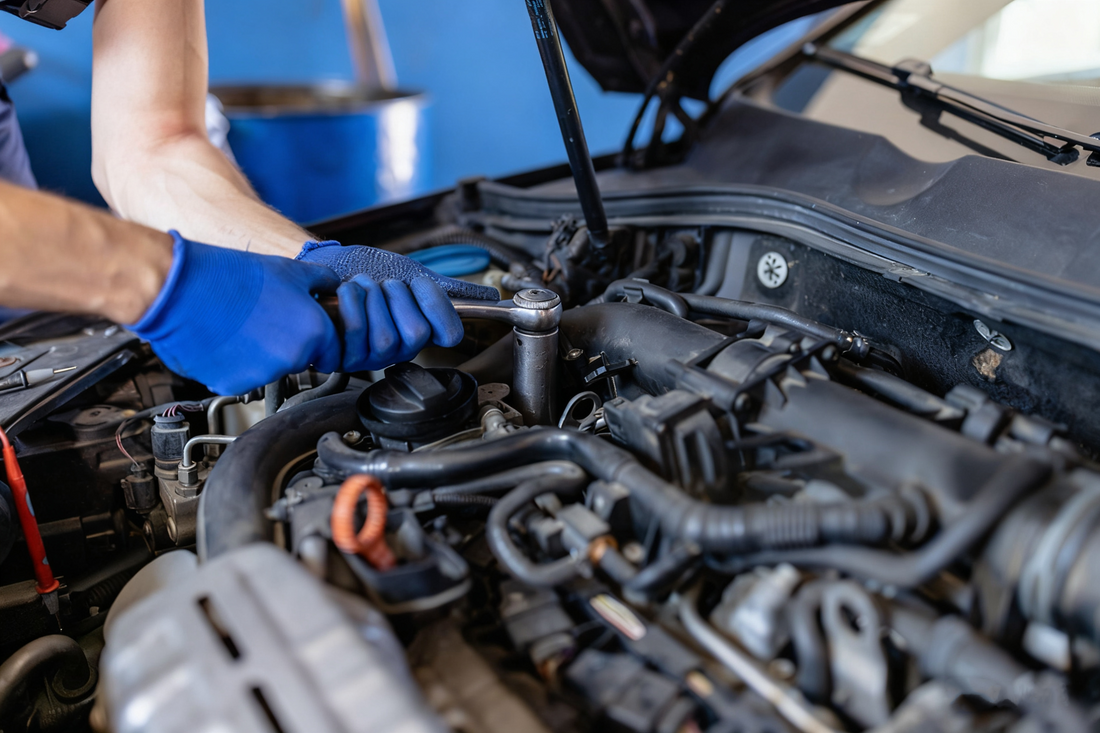
The Details You Might Be Missing: Why Even Screwing a Bolt Requires Precise Torque
The Details You Might Be Missing: Why Even Screwing a Bolt Requires Precise Torque
When it comes to mechanics, bicycles, or DIY projects, tightening a bolt seems simple — just twist it until it feels snug, right?
Not quite. What many people overlook is that tightening and properly tightening are two very different things. Precision in torque — the rotational force applied to a fastener — can make the difference between a reliable build and a costly failure.
1. What Is Torque and Why Does It Matter?
Torque is the force that causes something to rotate, usually measured in Newton-meters (Nm) or inch-pounds (in-lb). When you tighten a bolt, you’re applying torque to create tension in the threads, which holds the parts together.
If the torque is too low, the bolt may loosen over time, causing vibration or leaks.
If it’s too high, the threads or parts could strip, warp, or even break under pressure.
That’s why using the right amount of torque is essential — it ensures safety, performance, and durability in every connection.
2. The Hidden Risks of “Tight Enough”
Many people tighten bolts “by feel,” assuming experience or strength can replace precision tools. But materials and designs today are more complex — aluminum bike parts, carbon fiber components, and compact engines all require accurate torque values.
An extra turn on a carbon fiber stem or a cylinder head bolt can easily lead to cracks or failures you won’t see until it’s too late.
In professional workshops, torque wrenches are mandatory for a reason — they make precision measurable.
3. How Torque Tools Help
A torque wrench or torque screwdriver ensures that each fastener is tightened to the exact specification recommended by the manufacturer. Whether you’re working on an engine, assembling furniture, or repairing electronics, these tools help prevent over-tightening and under-tightening.
Take for example the Uharbour Torque Wrench Series — engineered with ±3% accuracy, clear calibration markings, and a satisfying “click” sound that tells you exactly when the target torque is reached.
Or for smaller applications, the Uharbour Digital Torque Screwdriver offers a real-time digital display and audible alerts, giving you professional-level precision in the palm of your hand.
4. Real-Life Scenarios Where Torque Precision Counts
-
Cycling: Over-tightened bolts on a carbon fiber handlebar can crack the frame. Under-tightened ones can make the handlebar slip mid-ride.
-
Automotive Work: A loose drain plug can cause an oil leak, while an overtightened spark plug can strip the cylinder head.
-
DIY Assembly: Furniture joints or machine components stay firm longer when tightened with correct torque, preventing uneven stress or early wear.
5. Final Thoughts: Precision Isn’t Just for Professionals
Whether you’re a mechanic, engineer, or weekend hobbyist, torque precision isn’t just a technical detail — it’s a mindset. It shows respect for the tools, materials, and safety of your work.
So next time you pick up a wrench, remember:
It’s not about how tight you can go — it’s about how precisely you tighten.
